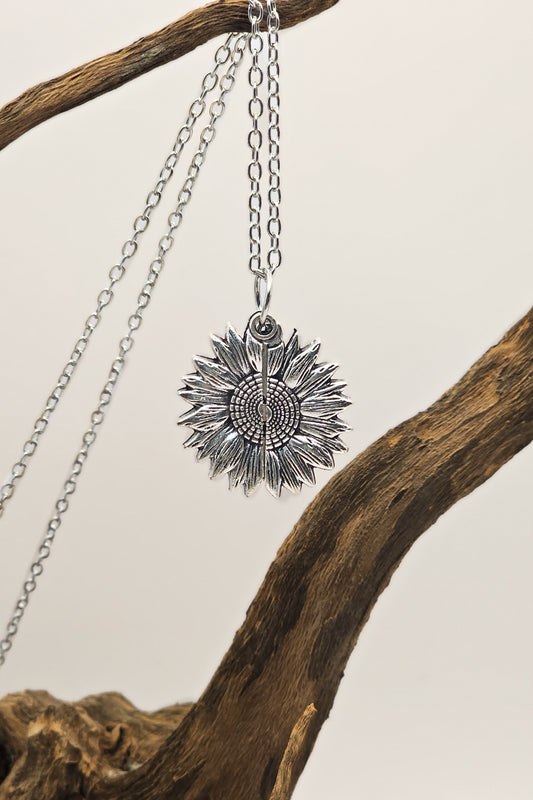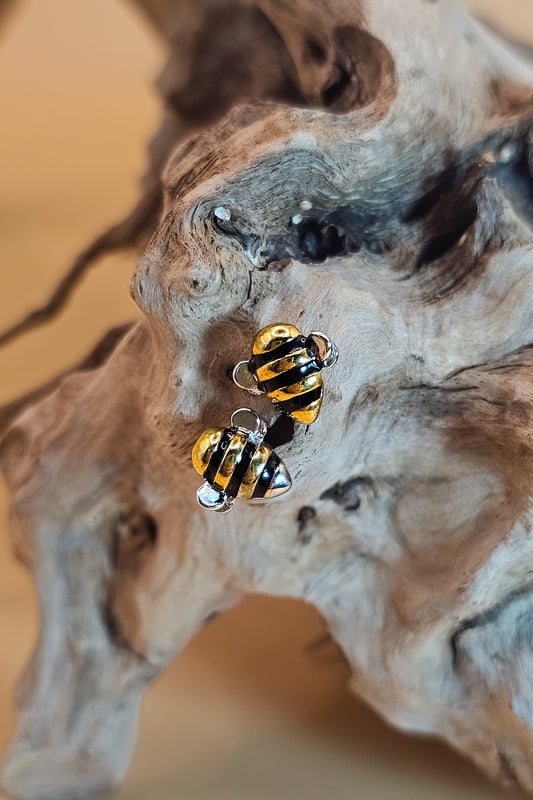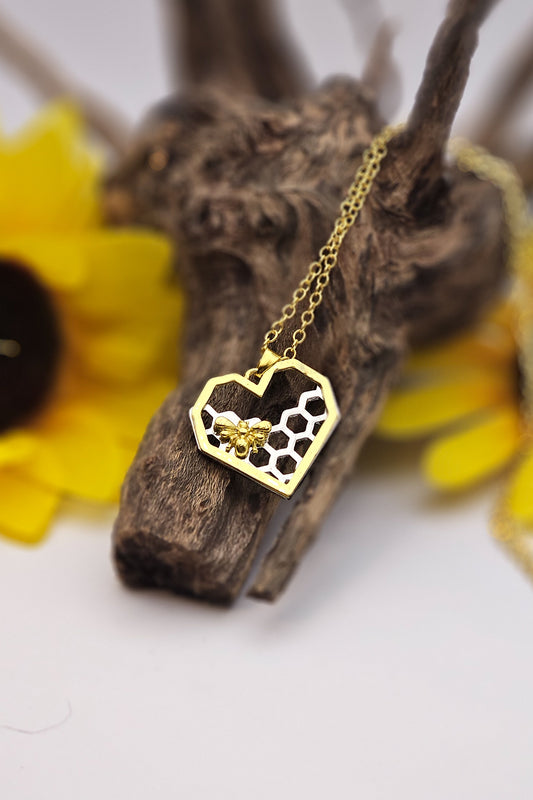If you love black cherry trees, miner bees are your heroes. Miner bees are solitary bees that nest in the ground, and are one of over 400 species of bees found in the state of Pennsylvania.
The black cherry tree is a valuable hardwood species of tree, and according to recent research performed by Penn State entomologists, the contributions of pollinators like the miner bee, to these trees in Pennsylvania and beyond, may play a bigger role in rebuilding the black cherry populations. The study was led by Rachel McLaughlin, former graduate student who earned her Masters’ degree in entomology in 2021, under the direction of Kelli Hoover and Christina Grozinger, both are professors of entomology at the College of Agricultural Sciences.
McLaughlin noted that Pennsylvania’s black cherry trees are some of the most splendid in the country. They are historically a premier commercial hardwood used in the furniture industry to make flooring, musical instruments, furniture, paneling and cabinets.
Nearly 30% of US black cherry volume originates in Pennsylvania, but over the past 20 years, fewer saplings and seedlings have been growing. In fact, USDA Forest Service statistics, said McLaughlin, show a 60% decline in established black cherry seedling densities in the Pennsylvania—West Virginia—New York—Ohio area known as the Allegheny Plateau.
This 3:17-minute video by NC State Dendrology gives insights into black cherry trees:
What is behind these dropping numbers? Soil pathogens, weather changes, and insect pests all contribute to this decline. The black cherry cannot self-pollinate, so the reduction in seed crops can also be due to a pollination deficit, according to McLaughlin. It becomes vital to identify the pollinators to support and enhance seed production. Most black cherry seeds germinate near the parent tree.
Hoover stated that it was hard to develop management or conservation strategies when the key pollinators were unknown. The team conducted a two-year study in key areas, to identify the pollinators most responsible for transferring pollen for seed production. They pursued such methods as visual observations, testing seed viability, collecting insects that visited open flowers, and examining the ecosystem’s biotic (living) and abiotic (nonliving) factors.
They were looking for any indication of consistent pollinator community visiting black cherry. They also conducted observations to assess floral fidelity of insect visitors, according to McLaughlin. There was a solid diversity of bugs involved, frequent visitors to black cherry flowers like beetles and halictid or sweat bees, even flies, but the single most important pollinator was the andrenid, or miner bee, a solitary, ground-nesting bee.
The report by these researchers was published in Environmental Entomology. It found that the miner bee represents 24% of all interactions with black cherry flowers. They carried an average of 347 times more black cherry pollen than flies and 18 times more than halictid bees. This improves cross-pollination of other black cherry trees. The more miner bees there were, the greater chance for the seeds to grow.
This 1:18-minute video by UGA Extension is called, Do You Have Mining Bees In Your Yard?
Grozinger, Publius Vergilius Maro professor of entomology and director of the Center for Pollinator Research at Penn State, says springtime pollination of flowering trees like apples depends a lot on andrenid bees, but we don’t know much about supporting andrenid bee species.
Grozinger believes many people understand that pollinators are essential for food crop production. Nearly 90% of flowering plant species use pollinators to set seed and produce fruit, so they are necessary for such systems too.
Hoover encouraged land managers to attract and support miner bees by such practices as thinning or clearing trees at high density from sunny, well-drained areas.
She said that although there is much to learn about the complex problem of black cherry regeneration, we know we have a powerful ally in andrenids. We need to safeguard their habitats.
To read about others who contributed to this study please click here and scroll down.








